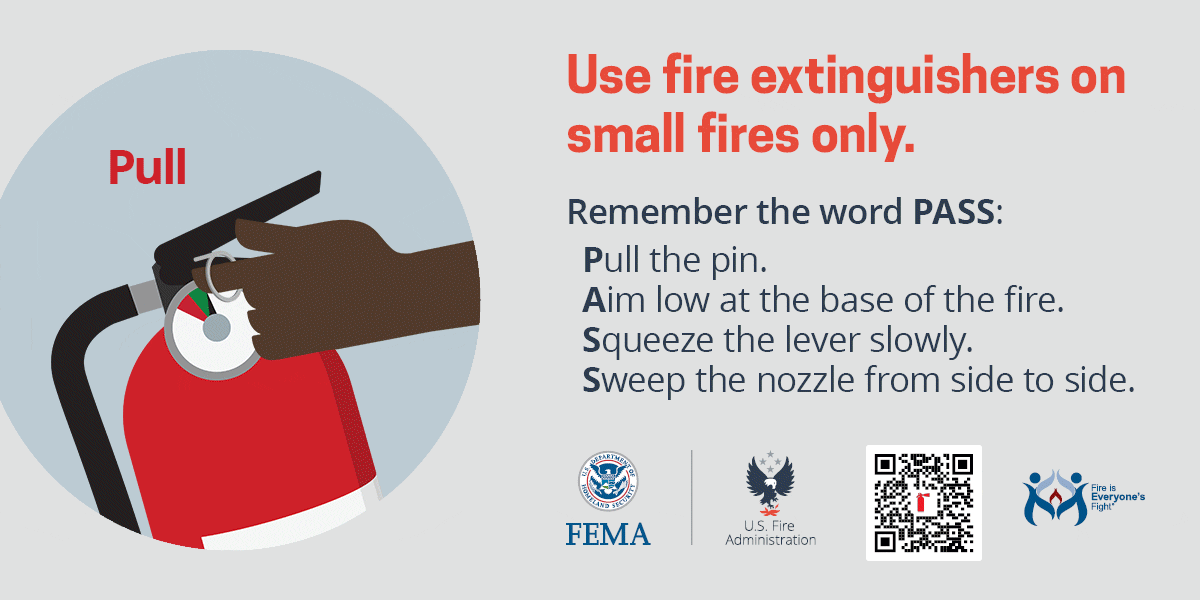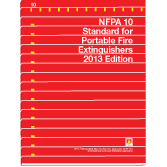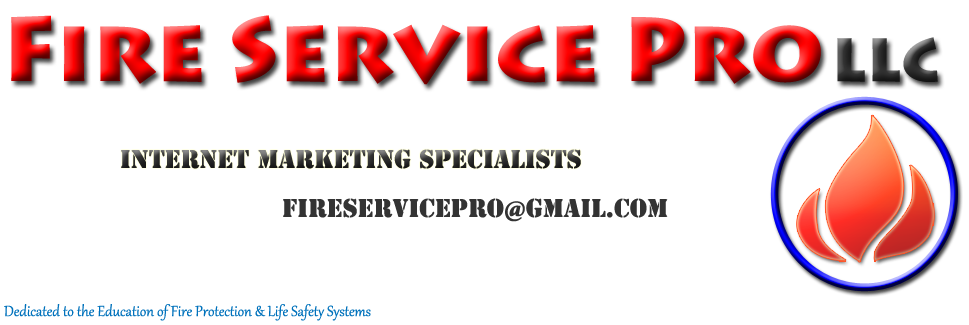Class K Wet Chemical Fire Extinguishers
Fire Extinguishers Aurora, Colorado
![Class K Restaurant, Kitchen & Coast Guard Marine & Naval Fire Extinguishers in Aurora, Colorado]()
Class K wet chemical fire extinguishers are designed to aid in suppressing, containing or extinguishing fires that involve combustible cooking vegetable oils, animal oils, or fats by discharging an ultra cooling fine mist to prevent flash from grease splash in efforts to extinguish fire in Aurora, Colorado.
Class K wet chemical fire extinguishers are used to supplement fire protection systems in restaurants, commercial kitchens, marine & naval kitchens and home kitchens generally placed near high temperature cooking appliances, ovens, deep fat fryers near or around food items, Aurora, Colorado.
![Wheeled Unit Fire Extinguisher Class K in Aurora, Colorado]() All cooking media, be it animal or vegetable, liquids or solids, contain saturated fats or free fatty acids. When an alkaline-based extinguishing agent is applied to the heated saturated fats, a reaction occurs called “saponification.” The reaction forms a soapy foam on top of the surface that smothers the fire and contains the flammable vapors and the hot cooking medium. Both the dry chemical agents and the wet chemical agents (being alkaline based) will cause the same reaction. The wet chemical, being applied as a fine mist, has the added advantage of cooling the cooking medium and lowering the temperature, making the wet chemical agents more effective. Since UL 300 was made effective, only wet chemical systems comply with the new test criteria. FEMA Class K fire extinguishers placards. All cooking media, be it animal or vegetable, liquids or solids, contain saturated fats or free fatty acids. When an alkaline-based extinguishing agent is applied to the heated saturated fats, a reaction occurs called “saponification.” The reaction forms a soapy foam on top of the surface that smothers the fire and contains the flammable vapors and the hot cooking medium. Both the dry chemical agents and the wet chemical agents (being alkaline based) will cause the same reaction. The wet chemical, being applied as a fine mist, has the added advantage of cooling the cooking medium and lowering the temperature, making the wet chemical agents more effective. Since UL 300 was made effective, only wet chemical systems comply with the new test criteria. FEMA Class K fire extinguishers placards.
Class K Fire Extinguisher Service
Fire Extinguishers Aurora, Colorado
![Class K Fire Extinguisher Service in Aurora, Colorado Class K Fire Extinguisher Service in Aurora, Colorado]() Class K fire extinguishers should be serviced according to manufacturer specifications, Federal, OSHA, State, NFPA 10 Standard for Portable Fire Extinguishers or municipal fire code in Aurora, Colorado. Class K fire extinguishers should be serviced according to manufacturer specifications, Federal, OSHA, State, NFPA 10 Standard for Portable Fire Extinguishers or municipal fire code in Aurora, Colorado.
[Class K Fire Extinguisher Wet Chemical Stored Pressure (Right) ]
By shopping licensed, authorized, qualified and factory trained fire extinguisher companies in Aurora, Colorado you may obtain estimates that will detail the costs to install, service, repair, test, inspect, maintain, annual tags & certifications, (6) six year inspections, refill, recharge or replacement of Class K portable, wheeled or fixed unit fire extinguishers.
UL 300
Fire Testing of Fire Extinguishing Systems for Protection of Commercial Cooking Equipment
Fire Extinguishers Aurora, Colorado
1.1 These requirements cover the performance during fire tests of pre-engineered fire extinguishing system units intended for the protection of commercial cooking equipment for restaurants, cafeterias and other similar venues. For installation requirements, see the following documents: NFPA 17, Standard for Dry Chemical Extinguishing Systems; NFPA 96, Standard for Ventilation Control and Fire Protection of Commercial Cooking Operations; and NFPA 17A, Standard for Wet Chemical Extinguishing Systems. Note that local authorities having jurisdiction should be consulted prior to installation.
1.2 Pre-engineered fire extinguishing system units, agents, or both are required to comply also with the requirements for construction and performance as applicable to specific types, designs, sizes, and arrangements; and all such additional requirements which apply are not within the scope of these requirements for fire tests.
1.3 The term "product" as used in this standard refers to all fire extinguishing systems or any part thereof covered by the requirements unless specifically noted otherwise.
|
Class K fire extinguishers are generally installed in commercial kitchens, restaurants, marine or naval kitchens and/or occupancies that include areas used for cooking with combustible cooking vegetable oils, animal oils, or fats in deep fat fryers, ovens, broilers, cook tops, grills, bar-b-que, etc... |
Class K fire extinguishers are intended for use on fires that involve vegetable oils, animal oils, or fats in cooking appliances. These extinguishers are generally found in commercial kitchens, such as those found in restaurants, cafeterias, and caterers. Class K extinguishers are now finding their way into the residential market for use in kitchens. |
NFPA 17, Standard for Dry Chemical Extinguishing Systems
NFPA 17A, Standard for Wet Chemical Extinguishing Systems
NFPA 96, Standard for Ventilation Control
Employees & Personnel operating any portable, wheeled or fixed unit fire extinguisher should complete a Qualified Fire Extinguisher Training Class. |
|
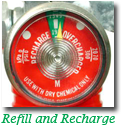
Fire extinguishers will generally have a pressure gauge to notify you when it requires a refill and recharge of the extinguishers contents so that it may be ready and operational for use to extinguish fires in Aurora, Colorado. |
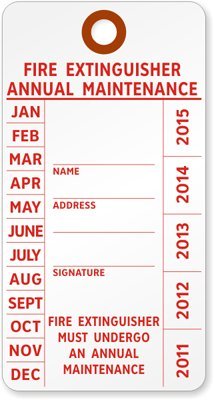
Annual inspections and certification tags should be completed by factory authorized, manufacturer certified fire extinguisher companies actively licensed in Aurora, Colorado. |
Fire Extinguishers will require service, maintenance and repair to remain fully operational at all times.
- Recharging
- Hydrostatic Tests
- Refilling
- Annual Inspections
The services performed on installed fire extinguishers in Aurora, Colorado should be performed by actively licensed, manufacturer certified and/or NAFED certified fire extinguisher companies in Aurora, Colorado.
The additional certifications aid in determining levels of knowledge, experience and professional courtesy when deciding which fire extinguisher company you'll choose to work with. |
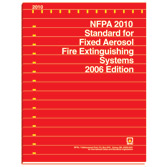
Standard for Portable Fire Extinguishers
NFPA 10
1.1* Scope. The provisions of this standard apply to the selection, installation, inspection, maintenance, and testing of portable extinguishing equipment. A.1.1 Many fires are small at origin and can be extinguished by the use of portable fire extinguishers. Notification of the fire department as soon as a fire is discovered is strongly recommended. This alarm should not be delayed by awaiting results of the application of portable fire extinguishers. Fire extinguishers can represent an important segment of any overall fire protection program. However, their successful functioning depends upon the following conditions having been met: (1) The fire extinguisher is located in accordance with the requirements of Chapter 6 and is in working order. (2) The fire extinguisher is of the correct type for a fire that can occur. (3) The fire is discovered while still small enough for the fire extinguisher to be effective. (4) The fire is discovered by a person ready, willing, and able to use the fire extinguisher. Fixed systems are covered by the following NFPA standards: (1) NFPA 11, Standard for Low-, Medium-, and High-Expansion Foam (2) NFPA 12, Standard on Carbon Dioxide Extinguishing Systems (3) NFPA 12A, Standard on Halon 1301 Fire Extinguishing Systems (4) NFPA 13, Standard for the Installation of Sprinkler Systems (5) NFPA 14, Standard for the Installation of Standpipe and Hose Systems (6) NFPA 15, Standard for Water Spray Fixed Systems for Fire Protection (7) NFPA 16, Standard for the Installation of Foam-Water Sprinkler and Foam-Water Spray Systems (8) NFPA 17, Standard for Dry Chemical Extinguishing Systems (9) NFPA 17A, Standard for Wet Chemical Extinguishing Systems (10) NFPA 96, Standard for Ventilation Control and Fire Protection of Commercial Cooking Operations (11) NFPA 750, Standard on Water Mist Fire Protection Systems (12) NFPA 2001, Standard on Clean Agent Fire Extinguishing Systems 1.1.1 Portable fire extinguishers are intended as a first line of defense to cope with fires of limited size. 1.1.2 The selection and installation of extinguishers is independent of whether the building is equipped with automatic sprinklers, standpipe and hose, or other fixed protection equipment. (See 5.5.5, 6.1.1.1, 6.2.1.1, and 6.2.1.5.) 1.1.3 The requirements given herein are minimum. 1.1.4 The requirements do not apply to permanently installed systems for fire extinguishment, even where portions of such systems are portable (such as hose and nozzles attached to a fixed supply of extinguishing agent). |
Portable, wheeled or fixed unit fire extinguishers are an invaluable tool that every occupied building should install and properly service aiding in the containment, suppression or extinguishing of small fires in Aurora, Colorado.

